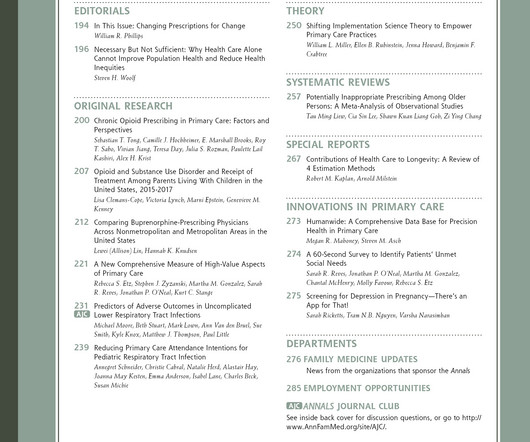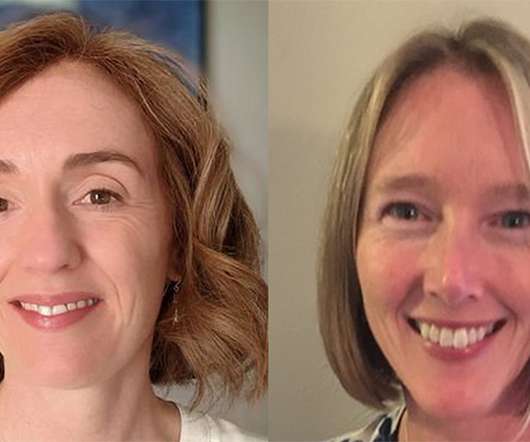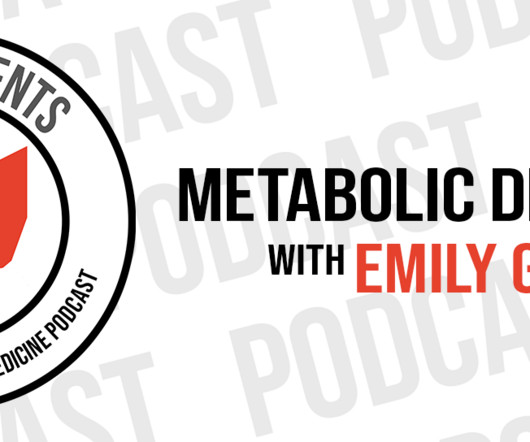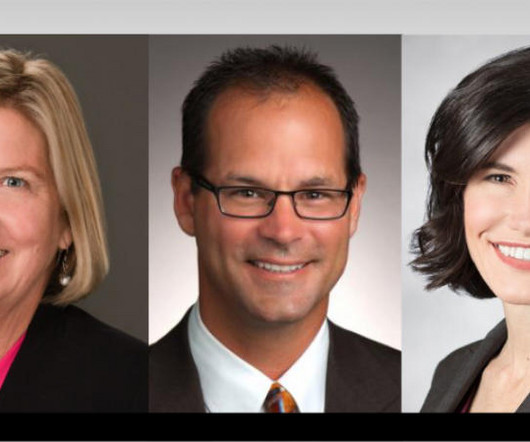Middle to Older Age Latinas Experiences Across the Cervical Cancer Continuum: Screening, Diagnosis, Treatment and Impact [Health care disparities]
Annals of Family Medicine
NOVEMBER 20, 2024
Participants were recruited via electronic healthcare records, community tabling events, and social media efforts. About 90% were either currently or formerly undocumented, 2/3 spoke Spanish, 2/3 made <$50,000 annually, and 1/3 reported inadequate transportation. Only a few received stage 1 diagnoses.












Let's personalize your content